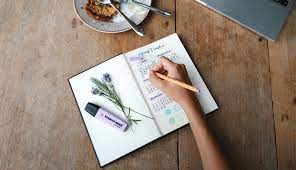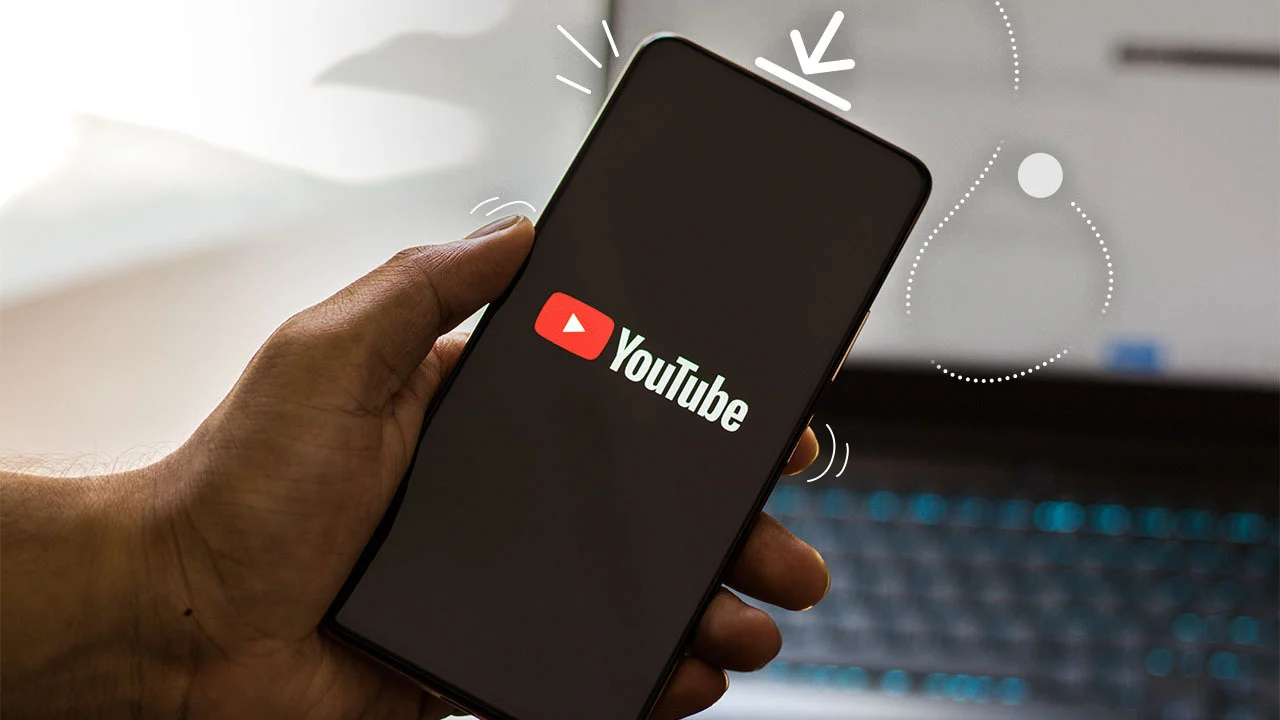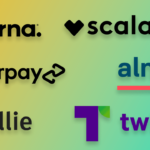Now Reading: Unlocking Your Mind: A Guide to Powerful Journaling Techniques
-
01
Unlocking Your Mind: A Guide to Powerful Journaling Techniques
Unlocking Your Mind: A Guide to Powerful Journaling Techniques

Putting pen to paper can feel like unlocking a secret part of your mind. Whether you want to reduce stress, get organized, or simply understand yourself better, journaling is a powerful tool. But staring at a blank page can be intimidating. The good news is there are countless journaling techniques designed to guide your thoughts and help you get the most out of your practice. This guide will explore a variety of methods, from simple lists to creative explorations, helping you find the perfect fit for your personal journey. We’ll break down how each technique works and what benefits it can offer, making it easy to start today.
Key Takeaways
- There is no single “right” way to journal; the best technique is the one that works for you.
- Different journaling techniques serve different purposes, such as stress relief, goal setting, and self-discovery.
- Consistency is more important than length. A few minutes each day can have a significant impact.
- Journaling can be done with a simple pen and paper, a dedicated app, or anything in between.
What is Journaling and Why Does it Matter?
At its core, journaling is the act of recording your thoughts, feelings, and experiences. It’s a private space for you to be completely honest with yourself without fear of judgment. Think of it as a conversation with the most important person in your life: you. The benefits are backed by numerous studies and personal stories.
Regular journaling can help decrease anxiety, improve mood, boost memory, and even strengthen your immune system. It provides a tangible way to track your personal growth, identify negative thought patterns, and celebrate your successes. By externalizing your thoughts, you give yourself the space to process them more clearly and intentionally, leading to greater self-awareness and emotional well-being.
Getting Started: Creating Your Journaling Habit
The hardest part of any new habit is starting. The key to successful journaling is to make it easy and enjoyable. First, choose your medium. Do you love the feel of a pen on paper, or do you prefer the convenience of typing on a device? There’s no wrong answer. Next, decide on a time. Many people find journaling first thing in the morning helps set a positive tone for the day, while others prefer to unwind and reflect before bed. Start small—even five minutes a day is enough. Don’t pressure yourself to write a masterpiece. Just write.
Exploring Different Journaling Techniques
The world of journaling techniques is vast and varied. You can stick to one method or mix and match depending on your mood and goals. Below are some of the most popular and effective techniques to get you started on your path to self-discovery.
1. The Classic “Dear Diary” Entry (Stream of Consciousness)
This is what most people picture when they think of journaling. Stream of consciousness writing involves simply letting your thoughts flow onto the page without any filter or structure. You write whatever comes to mind, for as long as you want. This technique is excellent for clearing your head and uncovering subconscious thoughts. It allows you to vent frustrations, explore random ideas, or document the day’s events. There are no rules here, which makes it a perfect starting point for beginners who feel overwhelmed by more structured methods. It’s a raw, unfiltered way to connect with your inner voice.
2. Bullet Journaling (The BuJo Method)
Created by designer Ryder Carroll, the Bullet Journal method is a customizable system for organizing your life. It combines a to-do list, planner, and diary all in one. You use a simple system of symbols (bullets) to log tasks, events, and notes. The beauty of this technique lies in its flexibility. You can create monthly and weekly spreads, track habits, log your moods, and keep collections of ideas, all within a single notebook. This is one of the most popular journaling techniques for people who want to boost their productivity and creativity while staying organized. It turns a simple notebook into a powerful tool for intentional living.
3. Gratitude Journaling
This simple yet profound technique involves regularly writing down things you are thankful for. It can be as simple as listing three to five things at the end of each day. Focusing on the positive aspects of your life, no matter how small, can have a significant impact on your mindset and overall happiness. Gratitude journaling helps shift your perspective from what’s wrong in your life to what’s right. It trains your brain to notice the good things, which can reduce stress and increase feelings of contentment. You might be grateful for a sunny day, a good cup of coffee, or a kind word from a friend.
4. One-Line-a-Day Journaling
If you’re short on time, the one-line-a-day method is a fantastic option. As the name suggests, you simply write one sentence to summarize your day. It’s a low-commitment way to create a record of your life. Over time, these single lines build into a rich tapestry of your experiences. Many dedicated one-line-a-day journals provide space to write on the same date over several years, making it easy to look back and see how your life has evolved. This is one of the most accessible journaling techniques for building a consistent habit without feeling overwhelmed by the pressure to write a lot.
5. Unsent Letter Journaling
Have you ever wanted to say something to someone but couldn’t? The unsent letter technique provides a safe outlet for these feelings. You write a letter to a person—living or deceased, someone you know or someone you’ve never met—expressing your thoughts and emotions with complete honesty. You have no intention of sending it. This practice can be incredibly therapeutic, helping you process complex emotions related to relationships, grief, or conflict. It allows you to achieve closure, say your piece, and move forward without the real-world consequences of a direct confrontation. It’s a powerful tool for emotional release and understanding.
Advanced and Creative Journaling Techniques
Once you’re comfortable with the basics, you might want to explore more creative or focused journaling techniques. These methods can help you dive deeper into specific areas of your life.
6. Vision Journaling (Future Self)
Vision journaling is about writing to or from your future self. You can write a letter to the person you hope to be in five or ten years, outlining your dreams, goals, and aspirations. Alternatively, you can write as your future self, describing your life as if you have already achieved everything you desire. This technique is a powerful manifestation tool that helps clarify your long-term vision and motivates you to take action. By vividly imagining your desired future, you make it feel more attainable and create a clear roadmap for getting there. It connects your daily actions to your ultimate goals.
7. Dream Journaling
Keeping a journal by your bedside to record your dreams immediately upon waking can be a fascinating practice. Dreams are often seen as a window into our subconscious minds, filled with symbols and metaphors related to our waking lives. By tracking your dreams, you may begin to notice recurring themes, characters, or scenarios. Analyzing these patterns can offer insights into your underlying fears, desires, and unresolved issues. Even if you don’t believe in dream interpretation, the act of recalling and writing down your dreams can be a creative exercise that improves your memory and imagination.
8. Art Journaling
For those who are more visually inclined, art journaling combines writing with creative expression. Your journal pages can become a canvas for drawing, painting, collage, stamping, and more. You can create backgrounds with watercolor, paste in magazine clippings that resonate with you, or sketch images that represent your feelings. The text can be woven into the art or stand beside it. This is one of the most freeing journaling techniques because it removes the pressure of words alone. It’s a multi-sensory way to process emotions and document your life, perfect for anyone who feels limited by just writing.
9. Question and Answer (Q&A) Journaling
This technique uses prompts to guide your writing. You can find lists of journaling prompts online or create your own. The questions can be simple (“What made you smile today?”) or deep and introspective (“What is a limiting belief you’re ready to let go of?”). Q&A journaling is an excellent way to combat writer’s block and encourage self-reflection on specific topics. It can lead you to think about areas of your life you might not consider otherwise. This structured approach provides a clear direction for your entry, making it easier to dive deep into your thoughts and feelings on a particular subject.
How to Choose the Right Journaling Technique
With so many options, how do you pick the right one? The table below breaks down some popular journaling techniques based on their primary purpose.
|
Primary Goal |
Recommended Journaling Technique(s) |
Best For… |
|---|---|---|
|
Stress Relief |
Stream of Consciousness, Unsent Letter |
Venting emotions and clearing your mind. |
|
Productivity |
Bullet Journaling, One-Line-a-Day |
Organizing tasks, tracking habits, and staying focused. |
|
Self-Discovery |
Q&A Journaling, Vision Journaling |
Exploring your inner world and clarifying your goals. |
|
Creativity |
Art Journaling, Dream Journaling |
Expressing yourself visually and tapping into your subconscious. |
|
Mindfulness |
Gratitude Journaling |
Cultivating a positive mindset and appreciating the present. |
Ultimately, the best way to find the right technique is to experiment. Try one method for a week and see how it feels. Don’t be afraid to combine elements from different techniques to create a personalized system that works for you. Your journaling practice should serve you, so let it evolve as your needs change. Some people, like those featured in articles on https://forbesplanet.co.uk/, find that blending productivity with mindfulness journaling helps them achieve a balanced life.
Conclusion
Journaling is a deeply personal and adaptable practice. There are no hard and fast rules, only tools and techniques to guide you. From the organizational power of a bullet journal to the emotional release of an unsent letter, there is a method out there for everyone. The most important step is to simply begin. Pick up a pen or open a new document and let your thoughts out. By exploring these various journaling techniques, you can transform a simple notebook into a powerful ally for personal growth, mental clarity, and a more intentional life. Start your journey today and discover the profound benefits of connecting with yourself on a deeper level.
Frequently Asked Questions (FAQ)
Q1: How long should I journal for each day?
There is no set time limit. Consistency is more important than duration. Starting with just five to ten minutes a day is a great way to build the habit. Some days you might write for an hour, and other days just a single sentence is enough.
Q2: What if I don’t know what to write about?
This is a common challenge! When you’re stuck, try using a journaling prompt (Q&A Journaling), writing a gratitude list, or simply describing your physical surroundings. The stream of consciousness technique is also great for breaking through writer’s block—just write whatever words come into your head, even if it’s “I don’t know what to write.”
Q3: Is digital journaling as effective as using a pen and paper?
Both have their pros and cons. Pen and paper can feel more personal and has been shown to aid memory retention. Digital journaling is convenient, searchable, and easily accessible. The most effective method is the one you will use most consistently, so choose what feels best for you.
Q4: Do I need a special or expensive notebook to start?
Absolutely not. Any notebook and pen will do. While beautiful journals can be inspiring, the power of journaling comes from the act of writing, not the materials you use. A simple spiral notebook or even a plain document on your computer works perfectly.
















